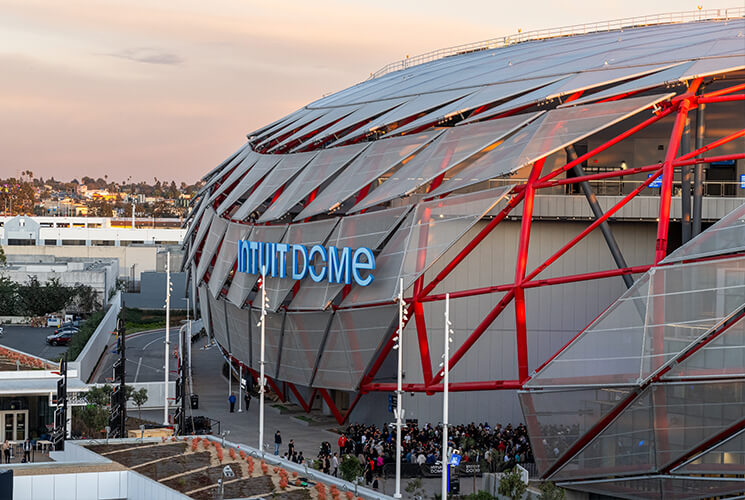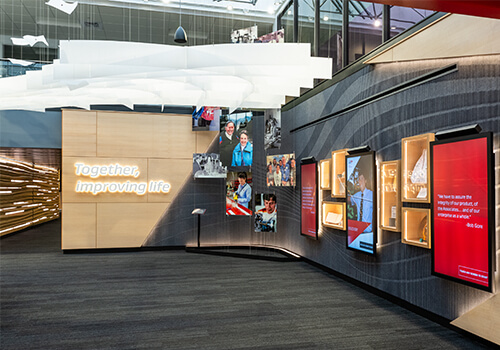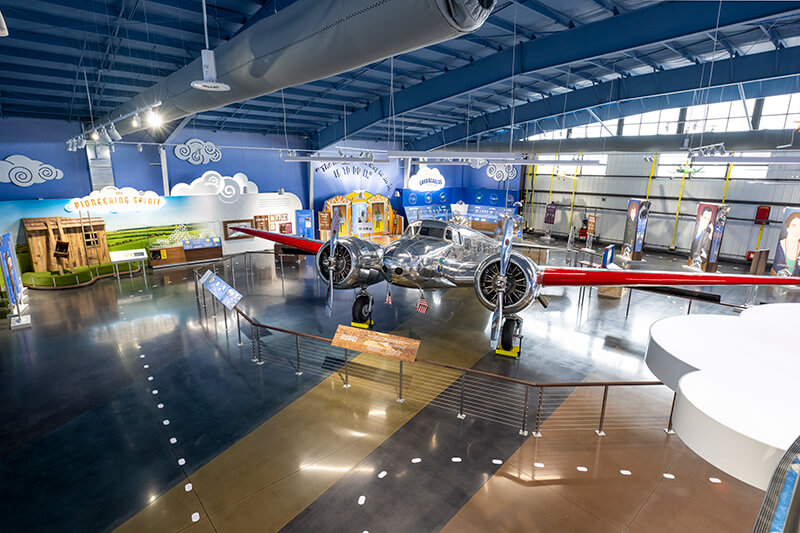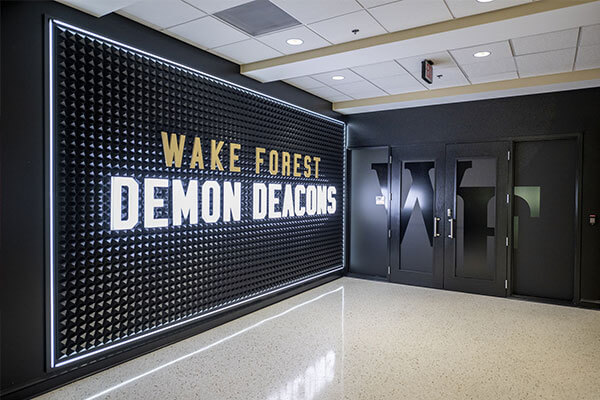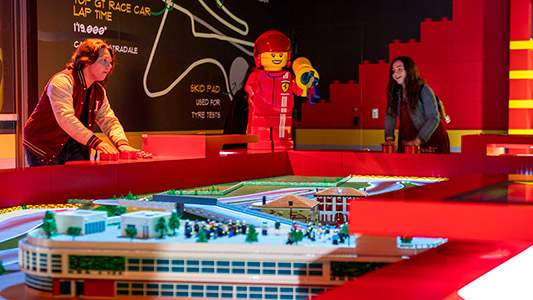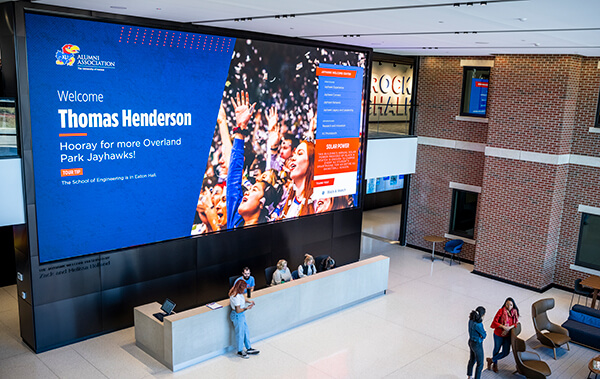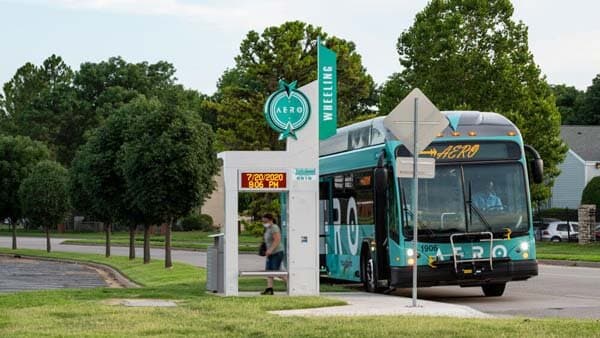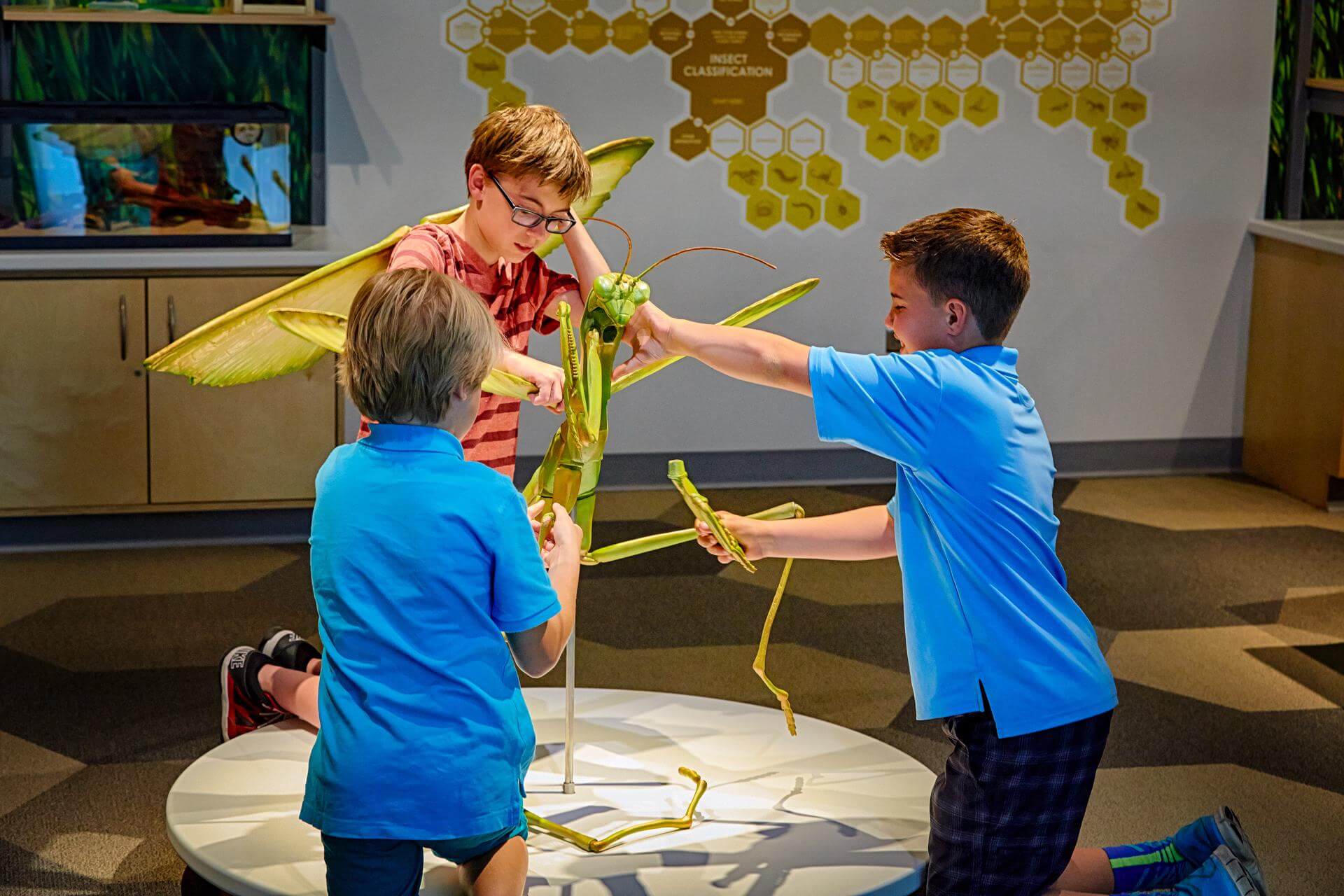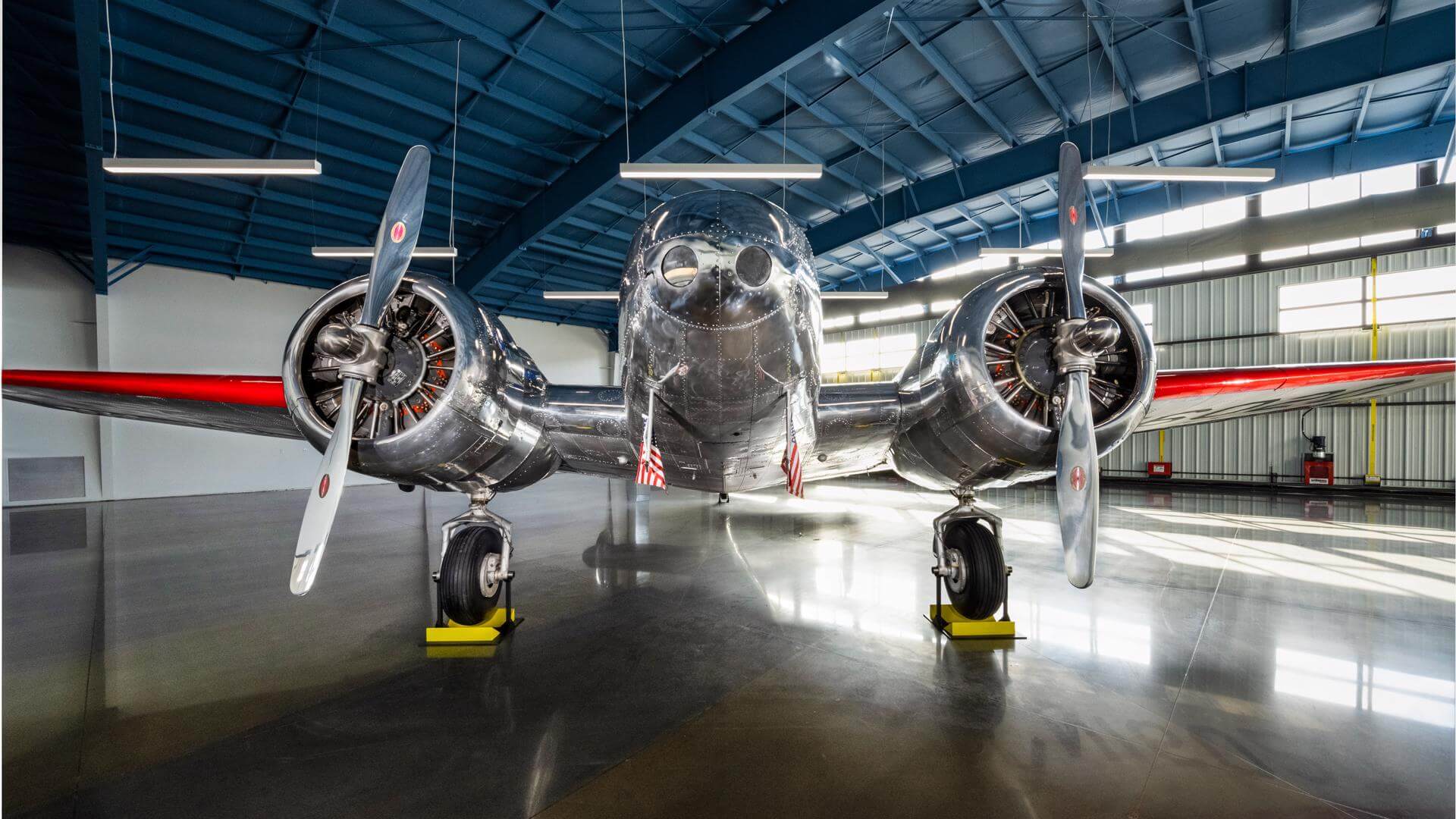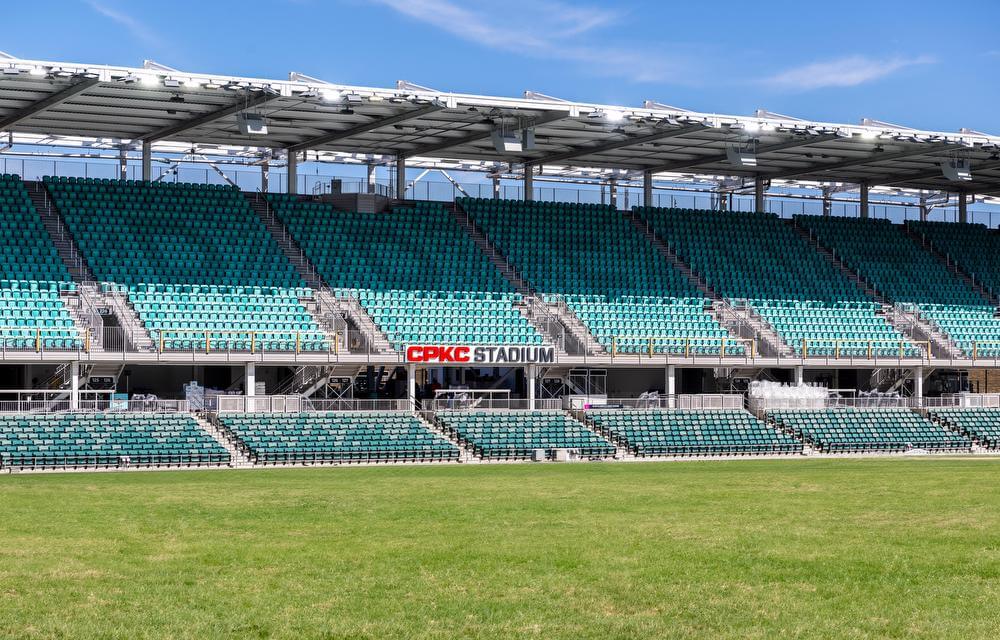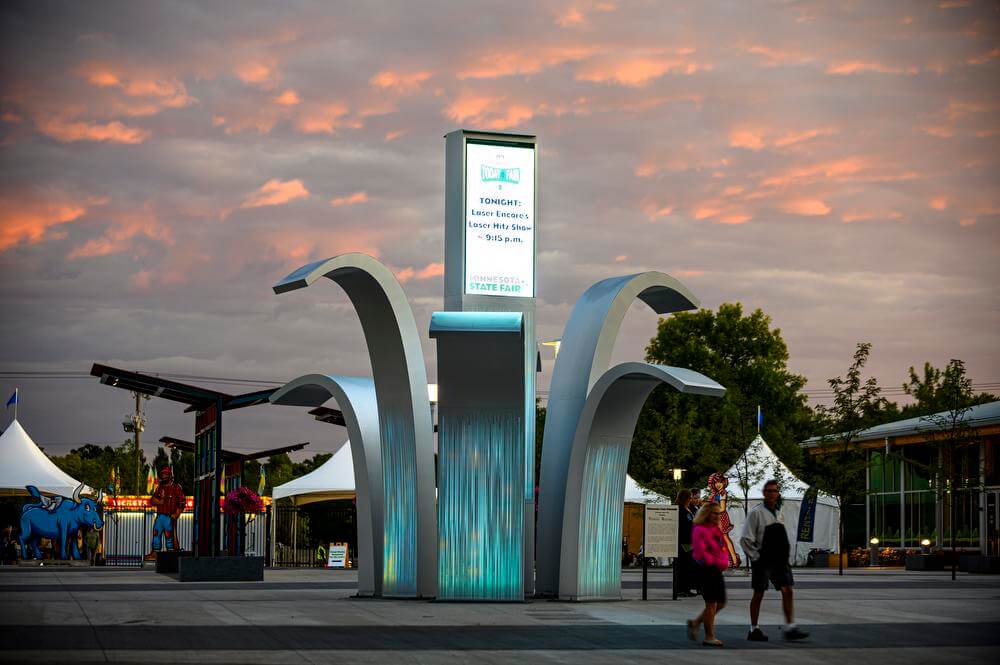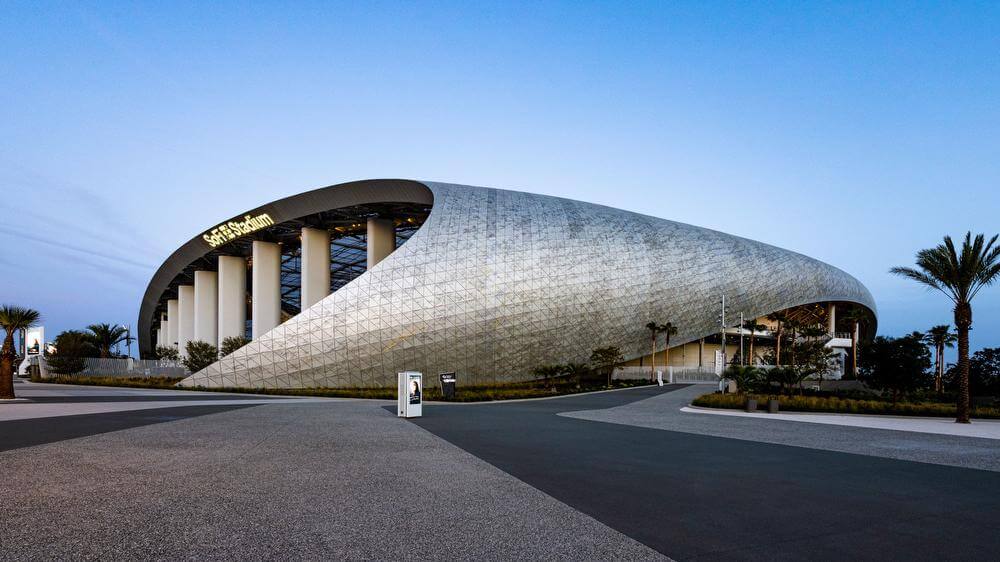Typically, when you think of museums, the concepts of education and learning are usually not far behind. Why else would one go to a museum, if not to learn and experience something new? Historically, museums have acted as bastions of cultural heritage and purveyors of informal (read: discretionary) education to the public at large.
With a seemingly infinite spectrum of topics and genres, they hold vast amounts of cultural knowledge and invite visitors to dive deep into a myriad of different worlds such as art, history, nature, culture and much more. Yet, the education they provide is considered informal because not all museums in operation are governed by the same standards and accreditation systems, which can vary greatly. Not to mention museum ownership and operation range from public to private or somewhere in between.
On the other hand, schools and universities are our formal, mandatory education system, which is operated and standardized governmentally at both the state and federal levels. It’s interesting that while museums and schools have broadly existed on different sides of the same educational coin for centuries, never the twain did meet until relatively recently.
Until the last two decades of the 20th century, the museum-school relationship was one of seemingly separate dimensions that only tangentially overlapped. Field trips to the museum were generally seen, by teachers as well as students, simply as a fun and exciting break from the classroom that didn’t necessarily have ties to meaningful learning,1 and outreach programs so common and taken for granted today were largely nonexistent.
It wasn’t until the mid-1980s that a fundamental and increasingly symbiotic relationship between the two began to emerge. Museums especially began a concerted effort to bridge the gap. They began developing educational programming to complement and integrate with state educational standards, an effort that was hyper-stimulated with the advent of standardized testing. As teachers suddenly found themselves needing to justify field trips based on educational ROI, museums became incentivized to focus more on cooperative programming in accordance with state curriculum and diverse student audiences.1 It was near this point that the worlds of formal and informal education began to truly merge.
This progressing relationship took an unexpected and accelerated turn in the wake of the COVID-19 pandemic and its aftermath. Many museums and cultural centers began serving as schools during mandated closures in hopes of keeping children academically on track and engaged. It’s heartening to see the strong collaboration and support between museums and schools during the pandemic, further paving the way for more innovative collaboration and skill-based programming for young minds.
We continue to see more and more innovative interdisciplinary approaches to education, particularly STEM (science, technology, engineering, math) and STEAM (science, technology, engineering, art and math) principles unfold naturally in museums as students enjoy an active and hands-on approach to exploring real-world topics, which is simply not economically or logistically possible in the classroom.
According to a study published in The Journal of Human Resources, students who participate in field trips throughout the school year earn higher test scores, perform better in the classroom, and have “increased cultural conscientiousness over time." This seems to lend strong support for continued museum-school collaboration.
As an integrated team of designers, technologists, engineers, writers, artists and fabricators, you could say that DI is a living, breathing example of STEM and STEAM in action. We are no strangers to the importance of interdisciplinary approaches to experiential learning; more than that, we know how to make it fun.
Our team recently partnered with the Amelia Earhart Hangar Museum (AEHM) to design and build a highly immersive and deeply educational STEM-based museum exhibit to honor the adventurer’s aviation legacy and inspire young minds to explore their potential. Upon its opening in late 2022, students from across regional communities, particularly remote, rural ones, can take their knowledge of flight and dreams of possibility to new heights—an opportunity they can’t get inside the classroom.
As the partnership began to unfold, the museum’s leadership presented DI with a challenge: design the exhibit design to meet the needs of both Missouri and Kansas classrooms while at the same time engaging and resonating with visitors of all ages.
Before beginning any design work inside the museum, DI collaborated with Atlanta-based Turnkey Education to facilitate student and teacher focus groups with fourth- and seventh-grade classrooms across both states to inform the basis of the story and design. All interactive exhibits within the museum were then developed using focus group findings and bi-state STEM standards for K-12 audiences.
Comprehensive teachers’ guides were developed with before-, during-, and after-visit lesson plans tailored to different grade levels, ensuring that a trip to the museum is both an easy and desirable opportunity for teachers who continue to face pressures amid time, budget and other resource restraints. Upon opening its doors later this year, the AEHM is poised from Day One to take the highest advantage that educational programming offers to cultural institutions in today’s world.
As museums and classrooms become increasingly intertwined through collaborative programming and mutual partnerships, and the line continues to blur ever further between museums and schools, we are uniquely positioned as a culture to empower, inspire and challenge the next generation of learners and leaders. This brings us to the big question: How can we further support and foster this growing, symbiotic relationship to help ensure that the benefits of exciting, hands-on, and interactive education reach children in all communities? What will tomorrow bring?
- Harrison, Michael, and Barbara Naef. “Toward a Partnership: Developing the Museum-School Relationship.” The Journal of Museum Education, 1985, https://doi.org/https://www.jstor.org/stable/40478672.



